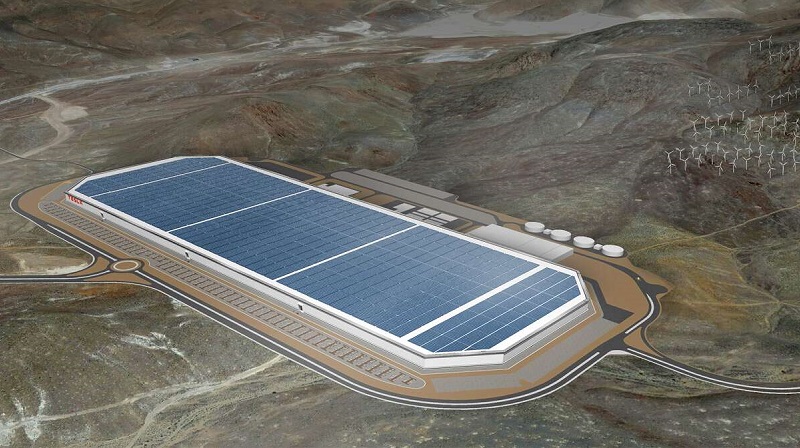It takes less than a year for a Tesla factory to be planned, built and ready for production. That is a record – especially for the big gigafactories. How does Tesla manage that? Let’s take a closer look at that.
It took less than a year to build the Tesla factory in Shanghai. This is particularly impressive because a greenfield site was transformed into a functioning production facility in a record time. We are currently experiencing something similar with the Gigafactory in Berlin.
Anyone who has ever observed a construction project knows that it often takes years of planning and construction before the first products can roll off the assembly line in a factory of this size. So how does Tesla manage all this so quickly?
Tesla factory: “The machine that builds the machine”
First of all, Tesla can do this because the company has to act quickly. The electric car manufacturer from California has become the most valuable car brand in the world with its vehicles in record time. Demand is high even in the corona lull.
So Tesla has to find ways and means to meet the demand quickly. One answer to this is to build more production facilities. And preferably spread across the continents so that cars can be produced locally, faster and more cost-effectively.
But that is only half the answer. Some time ago, Tesla boss Elon Musk explained how important it is to pay attention not only to the production of vehicles and components, but also to the “machine that builds the machine” – in other words, the Tesla factory itself.
To this end, Tesla has found a new way to build its industrial production facilities: prefabricated construction templates.
The principle is not new. In real estate construction, it is mainly used for prefabricated houses. Tesla has now taken this idea of stencilled residential buildings to a new, industrial level.
Tesla factory: building by formula
Because Tesla has developed a finished sample for its factories. It is basically like a blueprint that Tesla uses for each individual production facility. Tesla has determined in advance exactly what it expects from its factories, what they should look like – and what the construction process should look like.
This means that every conceivable detail has already been defined before construction begins. This ranges from the design and building materials to the sequence in which the individual construction stages are carried out.
All that Tesla now has to do in a new building is follow these instructions step by step. Every Tesla factory is built exactly according to the formula. The plans are flexible enough to allow Tesla to respond to local conditions.
In Shanghai, for example, Tesla transported all building materials by truck, while in Berlin, delivery is by rail. Following protests from environmentalists, Tesla also adapted its construction plans for the Giga Berlin very quickly.
Even though Tesla is currently still building at its own risk – the final decision on the building permit will probably not be made until the end of 2020 – this means that a Tesla factory is being built here at breakneck speed.
This only works because Tesla does not design and build a brand-new factory every time, but merely adapts a functioning system slightly.
The results speak for themselves: Less than a year after construction began, the first vehicles rolled off the assembly line from the Gigafactory in Shanghai. In Berlin, things seem to go even faster. Elon Musk said on Twitter:
Giga Berlin will come together at a seemingly impossible pace.
Tesla once again a pioneer
This is made possible not only by the design formula, but above all by the prefabrication of the components, says Musk.
So Tesla has, so to speak, added a factory upstream of the Tesla factory. Almost all parts are prefabricated here. The finished pillars or walls are transported to the construction sites in their entirety and only assembled here.
This has several advantages.
First, the upstream production enables better quality control. Secondly, it makes you independent of local factors such as the weather. Thirdly, production can be scaled better in such a pre-factory. Prefabrication of parts is therefore faster, saves energy and is more efficient overall.
And the construction teams are now well coordinated. Everyone knows which step follows the next. This also makes the process faster. In addition, the company takes a close look at every project and is always looking for new ways to further optimize the construction process.
So it would not be surprising if Tesla were to take on a pioneering role with this idea as well. After all, many other automakers, such as Volkswagen and Daimler, are currently trying to ramp up their production of electric cars as quickly as possible.
But even beyond that, the “Tesla factory” construction principle could find new applications, for example in schools, hospitals and even prisons.










